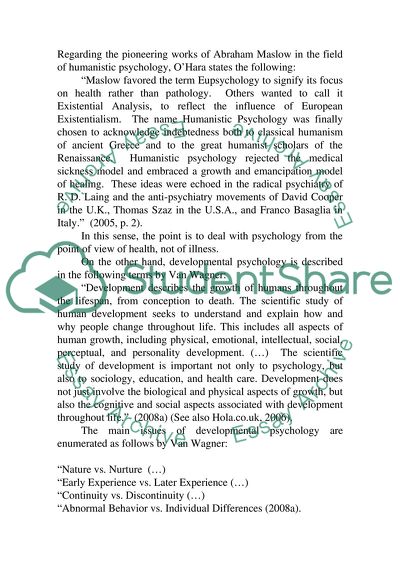Cite this document
(Domestic Violence and Developmental Psychology Assignment, n.d.)
Domestic Violence and Developmental Psychology Assignment. https://studentshare.org/psychology/1713603-developmental-psychology
Domestic Violence and Developmental Psychology Assignment. https://studentshare.org/psychology/1713603-developmental-psychology
(Domestic Violence and Developmental Psychology Assignment)
Domestic Violence and Developmental Psychology Assignment. https://studentshare.org/psychology/1713603-developmental-psychology.
Domestic Violence and Developmental Psychology Assignment. https://studentshare.org/psychology/1713603-developmental-psychology.
“Domestic Violence and Developmental Psychology Assignment”. https://studentshare.org/psychology/1713603-developmental-psychology.


